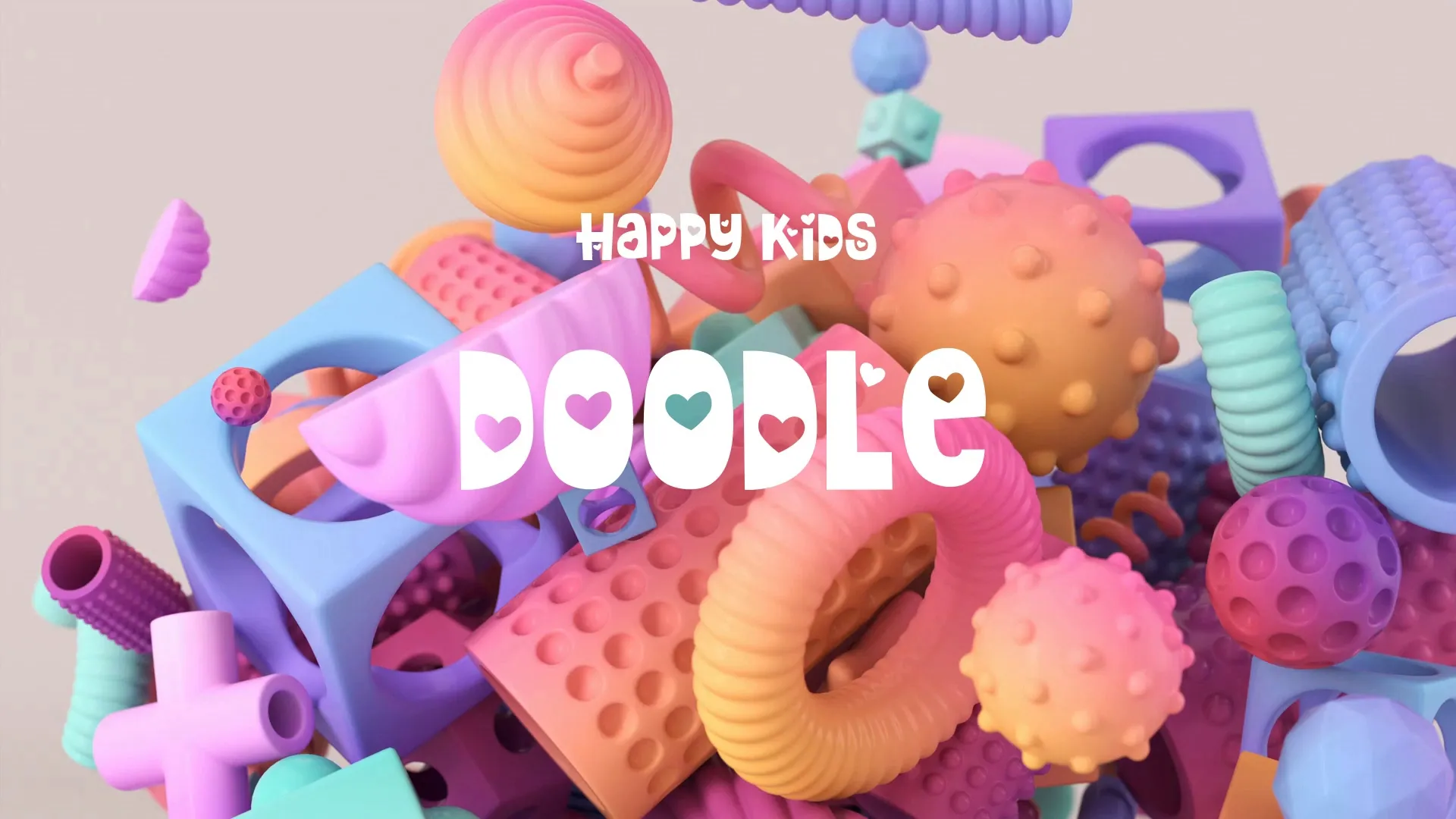Procedural Content Generation in Game Development: AI-Powered Worlds
Procedural content generation (PCG), especially when powered by artificial intelligence, is transforming how game developers approach world-building. This approach allows for the creation of vast, unique, and dynamic game environments with significantly less manual effort. Understanding its application is crucial for modern game development.
AI-driven PCG offers substantial advantages over traditional manual content creation. It can generate diverse landscapes, complex level layouts, and unique assets at a scale impossible for human designers alone. This method enhances replayability and reduces the repetitive tasks inherent in large-scale game production.
One primary benefit is the dramatic reduction in development time. Automating the creation of terrain, flora, fauna, and even quest lines frees up valuable resources. Developers can then focus on refining core gameplay mechanics and narrative design.
AI algorithms can learn from existing data to produce new content that adheres to specific stylistic and thematic constraints. This ensures consistency while still generating novel experiences for players. For instance, an AI can generate endless variations of a forest biome while maintaining a specific visual style.
Common techniques in AI-powered PCG include generative adversarial networks (GANs) for art asset creation and evolutionary algorithms for level design. GANs can produce realistic textures or character models, while evolutionary algorithms can iterate on level layouts to optimize for flow and challenge. Another powerful approach involves using AI for decision-making within rule-based systems, enabling more intelligent and adaptive content generation.
Implementing PCG requires a clear understanding of the desired output and the underlying generation rules. Poorly defined parameters can lead to generic or repetitive content, undermining the very goal of uniqueness. It is essential to establish robust evaluation metrics to ensure the generated content meets quality standards.
Developers must avoid the pitfall of over-reliance on purely random generation. While randomness has its place, AI should be guided by design principles to create meaningful and engaging experiences. Balancing AI autonomy with designer control is key to successful implementation.
Another common challenge is integrating procedurally generated content seamlessly into the game engine. Ensuring performance optimization and asset streaming for large, dynamic worlds requires careful planning. Many developers also consider their choice of game engine carefully, as some offer better native support for dynamic content, which is a factor explored in articles like Unity vs. Unreal vs. Godot: Choosing Your Engine in 2025.
Practical implementation often begins with defining the core ‘DNA’ of your game world. This includes specifying terrain types, architectural styles, and the types of encounters players might experience. AI then uses these parameters to populate the world, ensuring thematic coherence.
Start small with specific content types, like generating variations of environmental props or simple dungeon layouts. Gradually expand the scope as you gain experience and refine your algorithms. Iterative testing is vital to catch inconsistencies and improve generation quality.
Leveraging AI for PCG can significantly streamline your development workflow. By automating tedious content creation, you can dedicate more time to critical project management and creative tasks. Tools like Wayline’s Momentum help track these essential tasks, ensuring your project stays on schedule even with complex AI integration.
In conclusion, AI-powered procedural content generation offers a powerful avenue for creating expansive and engaging game worlds. By understanding its benefits, employing effective techniques, and navigating common pitfalls, developers can unlock new levels of creativity and efficiency. Embrace AI to build richer, more dynamic games, and focus your human talent on what truly makes games captivating.
Create a free account, or log in.
Gain access to free articles, game development tools, and game assets.























